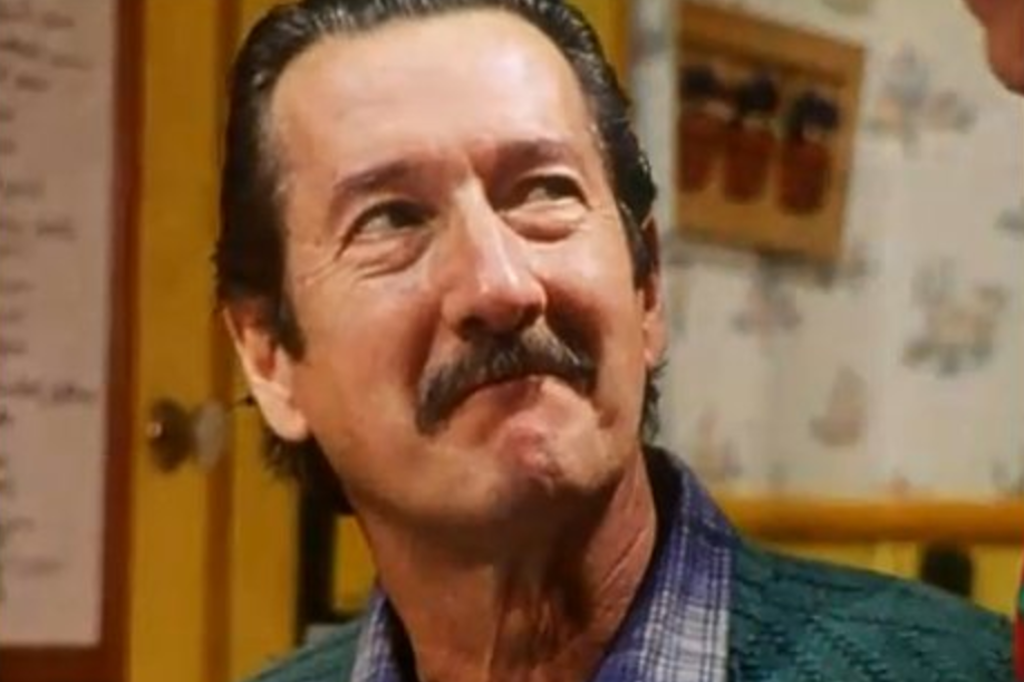Is there still a place for self-actualization at work?
Abraham Maslow’s name is forever associated with human motivation, thanks to his Hierarchy of Needs, but did you ever wonder, what inspired Maslow to look at motivation in the first place? Would you believe he was not remotely interested in workplace ambition or linking a theory to sales figures, staff loyalty or productivity?
It all started with an emotional response, as most things do. Maslow was watching a patriotic parade and was moved to tears, so much so that he decided to give up experimental research in psychology to try to understand the causes of hatred, prejudice and war. The questions he strove to answer about human potential fascinated him for the rest of his life.
‘I felt we didn’t understand – not Hitler, nor the Germans, nor Stalin nor the communists. We didn’t understand any of them. I felt that if we could understand, then we could make progress.’
Maslow wanted to discover a psychology ‘for the peace table’ and spread the term self-actualization after a personal quest to understand how wonderful people could be.
It might be assumed that those who have self-actualized have climbed to the maximum rung of society’s ladder in terms of power, riches and advantages, but this was far from Maslow’s view. He felt that self-actualizers already had all that they needed, sometimes because they may not have needed very much in the first place.
The character of Darryl Kerrigan, from the wonderful movie, The Castle, is a perfect example of one of Maslow’s self-actualizers. He loves everything he has in his world and tells us proudly, ‘You can’t buy what I’ve got!’ He is only dissatisfied, to put it mildly, when someone tries to take a piece of his needs ladder away, namely, his house.
Maslow’s definition of self-actualization included having the courage to become your true self and be true to yourself. Far from concerning ourselves with ‘how to motivate people,’ Maslow might advise those of us tasked with improving workplace engagement to back away and accept people’s aspirations or even their lack of ambition. Not everyone wants promotion or increased responsibility. Every employer can, at a minimum, protect people who come to the workplace as their true selves, providing they follow the norms of safety and decency.
Maslow might tell employers today that they are on the right track in helping people to self-actualize when they place a greater emphasis on health and safety, give some freedom and understanding for those who take career breaks, allow people to work flexible hours and provide sponsorship or time out for further development.
‘Human beings have an innate tendency to move towards higher levels of health, creativity and self-fulfillment’. A new discontent and restlessness would develop if an individual was not doing what they were ‘fitted’ for. “What humans can be, they must be”.
For Maslow, musicians had to make music, artists had to paint and poets had to write, if they were to be ultimately at peace with themselves. A self-actualization blueprint must be followed, even if this requires us to simply strive to be the best parent or friend, stamp collector or manager of people that we can be.
Academics will tell you that Maslow’s hierarchy does not meet the standards of approval to make it a good theory, but clearly such a hurdle is not required for something to resonate with people and feel useful. Maslow wanted to illustrate that we were ‘capable of something grander than war and prejudice and hatred’. His name lives on partly because he was brave enough to state an optimistic philosophy about mankind, but also because he had something simple and elegant to say about human beings – and their serenity.


Maslow is one of my heroes & Cheryl has treated this topic with a freshness & clarity that has re-awakened my appreciation for this model. More please (to quote another!)
Club Med
On bed
Serene head
In book
Peaceful nook
Unshook
By the world.